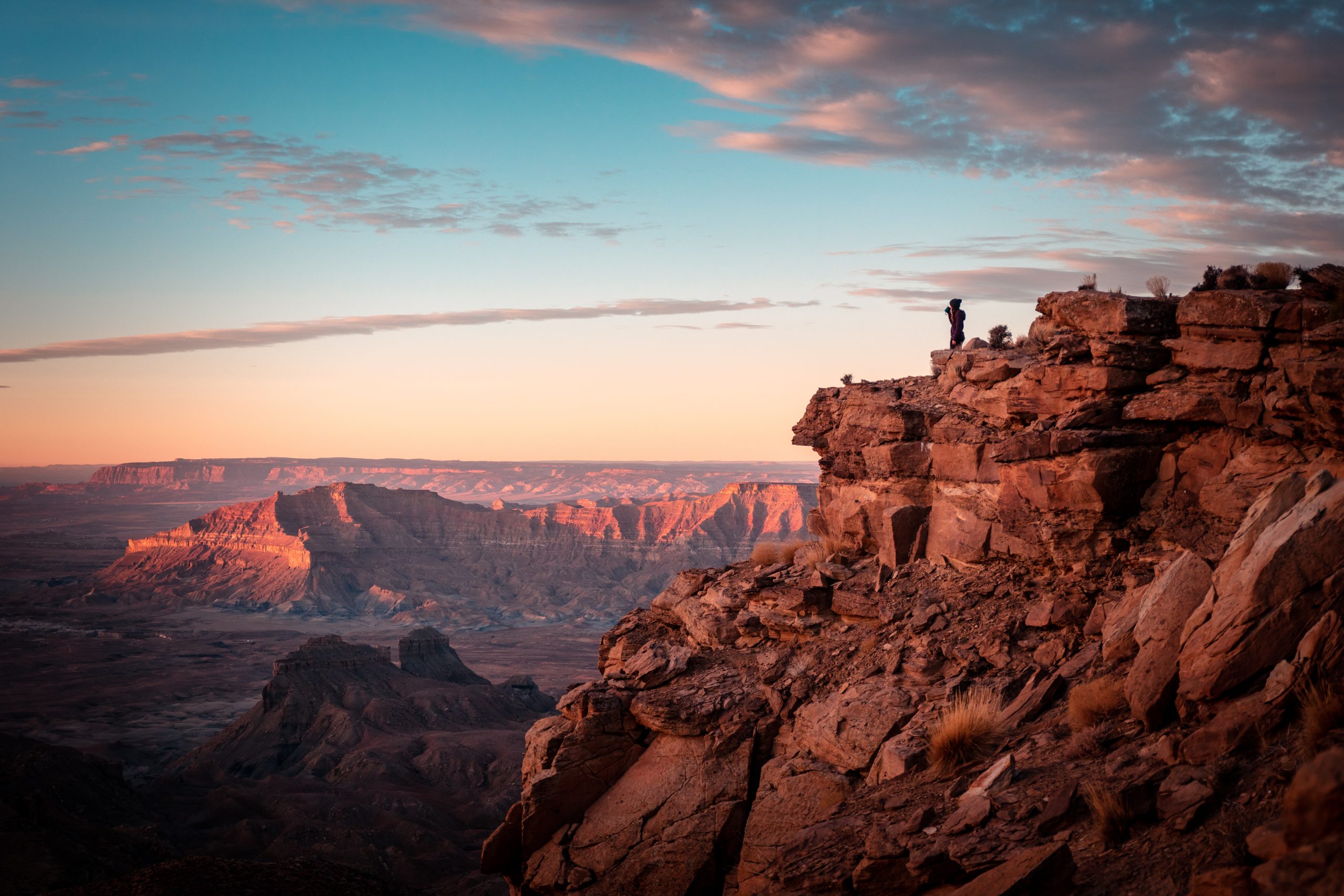For some enchanted with astronomy, the occurrence of a solar eclipse is a time of excitement as they look forward to the ability to experience the moon passing between Earth and the sun. On October 14, an annular solar eclipse will happen offering some of those interested individuals the chance to encounter the relatively rare natural phenomenon.
However, not all cultures consider such occasions as a time of celebration or fascination. Instead, they deem it a time of reflection and deep respect.
In Utah, one of the best places to view the Ring of Fire eclipse would be San Juan County’s Monument Valley. However, many Native American tribal nations observe this occurrence with prayer and cultural reverence.
According to Samantha Eldridge (Diné), director of the University of Utah’s American Indian Resource Center (AIRC), Navajo culture and tradition caution its members from viewing an eclipse or even eating, sleeping, or being outside while an eclipse is happening. Preparations are being made for Navajo Nation businesses and parks to close that day from 8 a.m. to 1 p.m. and other tribes typically hold a moment of prayer and offering, she said.
“During the eclipse, the center is taking appropriate steps to educate the larger campus community so that we are considerate and respectful of anyone who is practicing cultural protocols during this time,” Eldridge said. “We may have students, faculty, and staff who are requesting time off from class or work and we ask for understanding and accommodations, if possible.”

